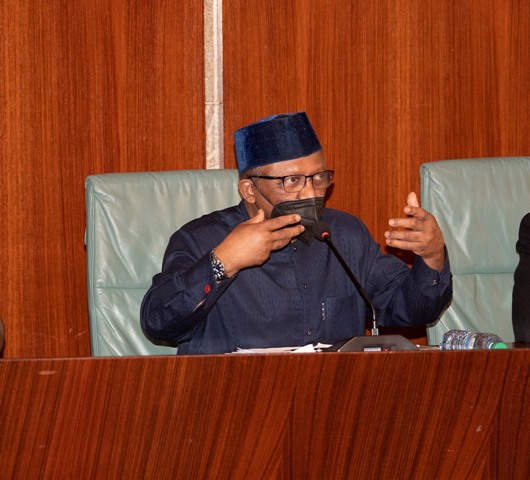2nd February, 2022
By Franca Ofili/Abuja
The Minister of Health, Dr Osagie Ehanire, said annual leprosy cases significantly dropped from more than 7,827 in 1994 to fewer than 2,000 in 2020.
Ehanire said this at a news conference in Abuja to commemorate 2022 World Leprosy Day, which has the theme “United for Dignity.
According to him, the day is being celebrated every last Sunday of January to create awareness and mobilise support for leprosy control.
“This day provides us an opportunity to focus on an ancient disease that has caused a lot of misery to humans.
“It will also help us to update stakeholders on future plans as well as monitor our progress towards achieving targets set in Global Leprosy Strategy and Sustainable Development Goals (SDGs),’’ he said.
Ehanire said that leprosy is a mildly infectious disease caused by a slow multiplying bacillus, Mycobacterium leprae with incubation period of about five years. Symptoms could take as long as 20 years to appear.
Ehanire said that the disease mainly affects the skin, peripheral nerves, mucosa of the upper respiratory tract and the eyes.
“Leprosy is transmitted via droplets, from the nose and mouth, during close and frequent contacts with untreated cases.
“Untreated leprosy could lead to life-long disabilities affecting the skin, nerves, limbs and eyes,’’ he said
The minister noted that leprosy is still a public health problem in Nigeria, as the country was among the few countries in the world that are still reporting greater than 1,000 new leprosy cases annually.
According to him, under the report of the 2015 National Leprosy review, 18 states in the federation are still endemic for leprosy, although anecdotal evidence suggests pockets of leprosy endemicity in almost every state of the federation.
He said that in 2020 Nigeria recorded 1,508 new leprosy cases.
Ehanire said that a five-year trend of newly notified leprosy cases showed multi-bacillary (infectious type) leprosy proportion of over 90 per cent and proportion visible deformity of more than 13 per cent.
He said that it also showed a child proportion of over 6 per cent.
Ehanire said that there was notable achievements of the ministry through the National TB, Leprosy and Buruli Ulcer Control Programme (NTBLCP) with the support of partners since inception.
He said that more than 33,000 leprosy patients both adults and children have been treated successfully from 2009 till date.
“Nigeria was among the countries that attained the World Health Organisation (WHO) elimination target of less than 1 leprosy case per 10,000 populations at the National level in the year 2000,’’ Ehanire said.
He said that all the 774 local government areas in the country have at least one multi-drug therapy (MDT) clinic for management of Leprosy patients, with 25 referral and rehabilitation centers for leprosy patients nation-wide.
“The National TB, Leprosy and Buruli ulcer Training Centre (NTBLTC), Zaria, was established to undertake human resource development as it relates to TB, Leprosy and Buruli Ulcer (BU) control.
“Others are the establishment of a functioning Integration, Dignity and Economic Advancement (IDEA), the umbrella body for persons affected by leprosy at the national and sub-national levels.
“Uninterrupted supply of leprosy medicines (multi-drug therapy) since inception of the programme and implementation of Single Dose Rifampicin as Post Exposure Prophylaxis for preventive measures,’’ he said.
According to him, as good as these achievements may seem, Nigeria’s leprosy control efforts have been bedevilled with challenges of stigma and discrimination against affected people.
The minister said that people have myth about the disease, that it was highly contagious, hereditary and heaven’s punishment with attendant consequences like loss of income and homes.
He said that the fear of rejection by family and friends make individuals to be scared of seeking early care if they suspect leprosy.
“Stigma and discrimination discourages integration of persons affected back to their communities even after they have been cured.



